We often talk about fear as an intangible thing, something that lurks in the shadows of our minds. Yet, the animal kingdom has a fascinating way of perceiving fear—many species have evolved to literally smell it. Whether through pheromones, adrenaline, or other scent markers, these animals detect fear on a molecular level and use it to their advantage.
1. Bears
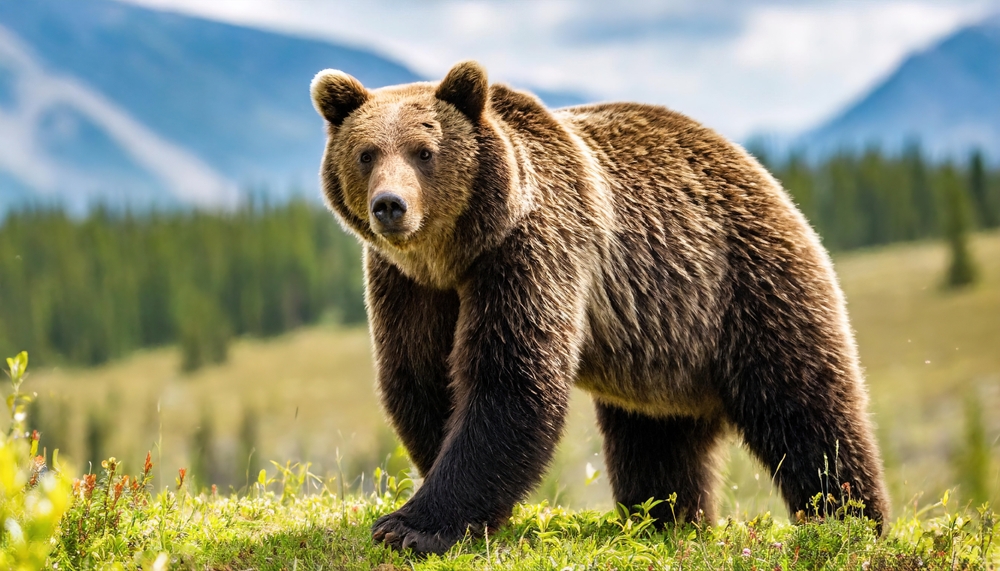
Bears are known for their powerful physical presence, but their sense of smell is equally formidable. This olfactory prowess allows them to detect fear pheromones from both prey and potential threats. When an animal is stressed, it releases certain chemicals that bears can smell from miles away.
This ability is not only used for hunting but also for navigating their environment and avoiding danger. Bears can sense when a potential threat is nearby, allowing them to respond appropriately to maintain their safety. Their keen sense of smell is a critical aspect of their survival in the wild. This ability to detect fear underscores their adaptability and intelligence within their natural habitat. According to PubMed, fear pheromones play a significant role in how animals, including bears, perceive threats and navigate their surroundings.
2. Dogs

Dogs, our beloved companions, are essentially emotional sponges. According to a study published in PLOS ONE, dogs can sense changes in human body odor that occur when we experience stress or fear. Imagine your dog at the vet, subtly picking up on your nerves and responding with either comfort or anxiety. Dogs use this olfactory insight to tailor their behavior, often providing reassurance when they sense your discomfort.
This skill is not just relegated to pet dogs but spans across working dogs as well. Service dogs, for example, are trained to detect anxiety in their handlers, helping to prevent panic attacks before they fully manifest. Police dogs are also trained to read the fear responses of suspects, aiding in law enforcement operations. All these examples showcase how dogs have honed their ability to smell fear for both companionship and duty. According to ScienceDaily, dogs can detect stress-induced changes in human breath and sweat with an impressive accuracy of 93.75%.
3. Snakes
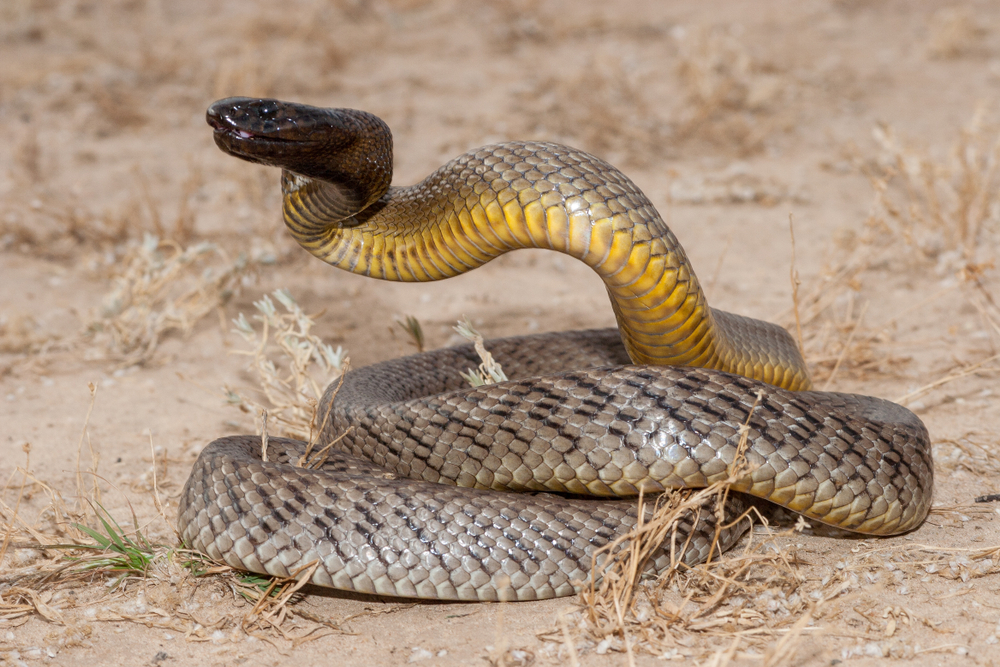
Snakes are another group of animals that have evolved to detect fear with incredible precision. As cold-blooded reptiles, they rely heavily on their Jacobson’s organ, a part of their sensory system that allows them to “taste” the air for pheromones and other chemical cues. According to Frontiers in Psychology, snakes can detect the pheromones released by stressed or frightened animals, guiding their hunting behavior.
When a rodent senses danger and releases stress pheromones, a nearby snake can pick up on this scent trail. This makes it easier for the snake to locate and ambush its prey. Snakes use this ability to select the most vulnerable prey, ensuring a successful hunt with minimal effort. This olfactory prowess is a testament to their evolutionary adaptation as efficient predators.
4. Wolves
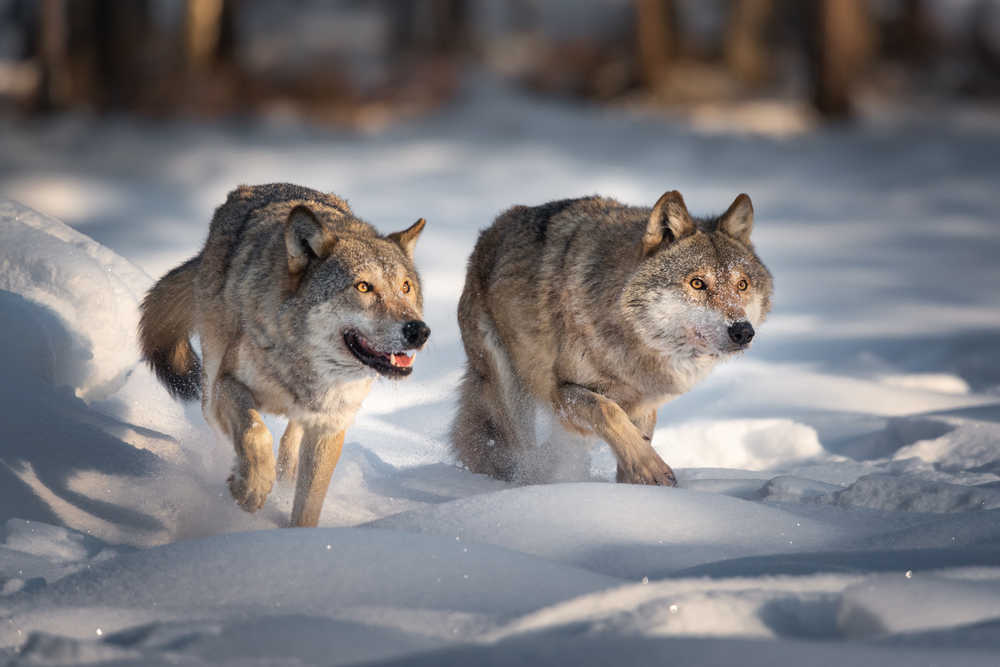
Wolves are not just pack animals; they are also masters of detecting fear in their prey. Their keen sense of smell is a tool that helps them assess the emotional state of their targets, giving them a strategic advantage. When prey animals are stressed, they release a cascade of chemicals that wolves can easily detect. This ability to smell fear allows wolves to choose the most vulnerable individuals to chase down.
In their tightly-knit packs, wolves communicate this olfactory information to coordinate their hunting strategies. This means that the pack can adjust its approach based on the level of fear emitted by their prey. Wolves’ ability to sense and react to fear is not just an individual skill but a communal one, fostering cooperation and successful hunts. Their evolutionary development in this regard highlights their prowess as top-level predators. According to Frontiers, wolves use their acute senses, including smell, to detect threats and adapt their behavior for survival in complex environments.
5. Cats

Cats, both domestic and wild, are perceptive animals that use their acute sense of smell to detect fear in other animals, including humans. A cat’s olfactory senses are far superior to ours, allowing them to pick up on the subtle scent markers of stress and anxiety. This perceptual advantage is not just for survival; it’s a tool for predation and social interaction.
For wild cats, detecting the fear in their prey can provide an edge in hunting, focusing their attention on the most stressed and vulnerable targets. Domestic cats, on the other hand, often use this skill to assess their human companions’ moods. If you’ve ever wondered how your cat knows the perfect moment to curl up next to you when you’re feeling down, this might be the reason. Cats’ ability to sniff out fear exemplifies their complex interaction with the world around them.
6. Rats
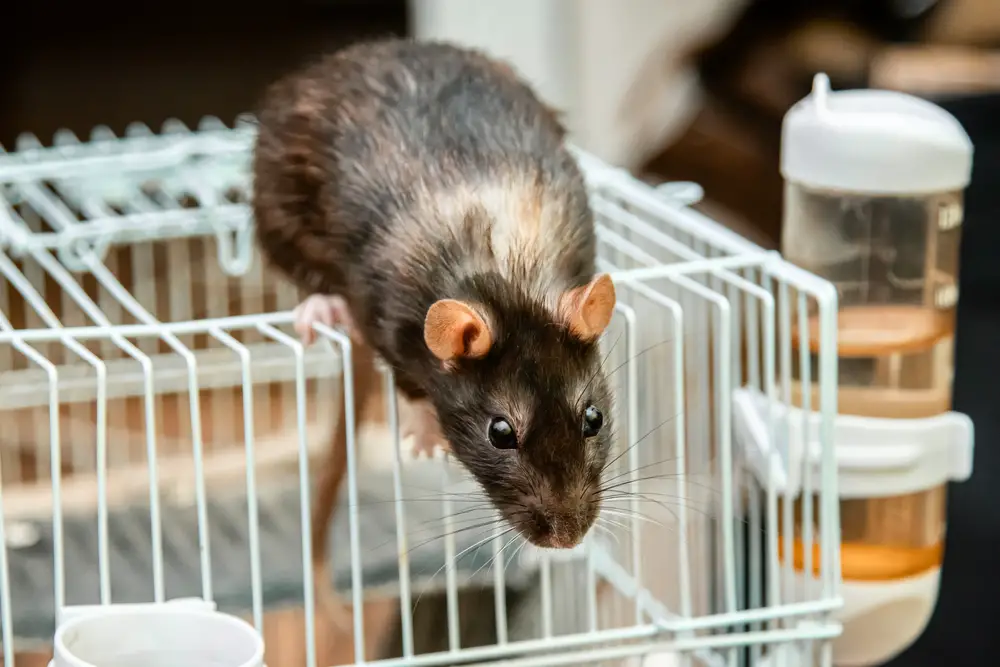
Rats are often underestimated, but their ability to smell fear is well-documented and quite remarkable. These rodents have a sophisticated olfactory system that allows them to detect stress pheromones emitted by other animals. In a survival context, this helps them avoid danger, as they can sense when a predator is nearby.
Interestingly, this ability to detect fear is also used in their social interactions. Rats can perceive the emotional state of their fellow rodents, which influences their group dynamics and hierarchy. Their understanding of fear and stress is a vital part of their communication system, ensuring they maintain their social structure. This unique adaptation showcases rats’ intelligence and resourcefulness in navigating their environment.
7. Horses
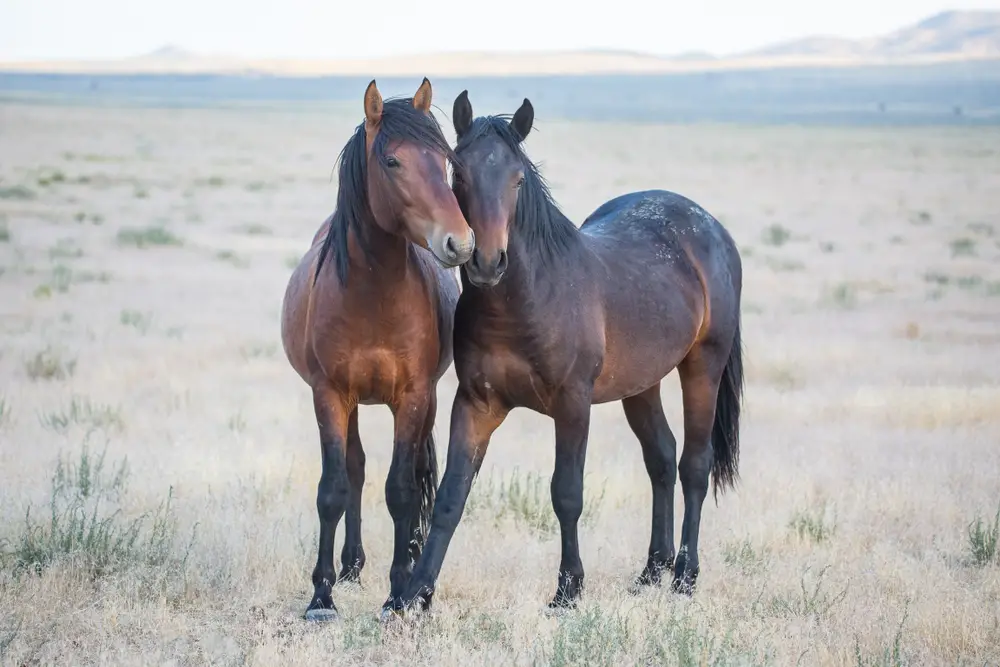
Horses are highly sensitive creatures with a remarkable ability to detect fear in both humans and other animals. Their keen sense of smell, combined with their acute observation skills, allows them to pick up on subtle changes in their surroundings. When a human or another animal is stressed, horses can detect specific pheromones that signal fear.
This ability is not just useful for avoiding danger, but also plays a role in their social interactions within the herd. Horses can sense the anxiety or fear of their herd mates, which helps them respond collectively to threats. This shared perception of fear strengthens their social bonds and ensures group safety. Horses’ sensitivity to emotion highlights their deep connection with their environment and each other.
8. Bumblebees

It might surprise you to learn that even insects like bumblebees can detect fear. These small creatures have an astonishing sense of smell, which they use to navigate their world. When certain pheromones are released by stressed plants or animals, bumblebees can pick up on these cues.
This ability is particularly useful in pollination, as stressed plants may emit specific chemicals that signal their need for pollination. Bumblebees can use this information to prioritize which flowers to visit, optimizing their foraging efficiency. This sophisticated sensory system demonstrates how bumblebees utilize fear detection for ecological success. It’s a subtle but powerful way of interacting with their environment.
9. Elephants
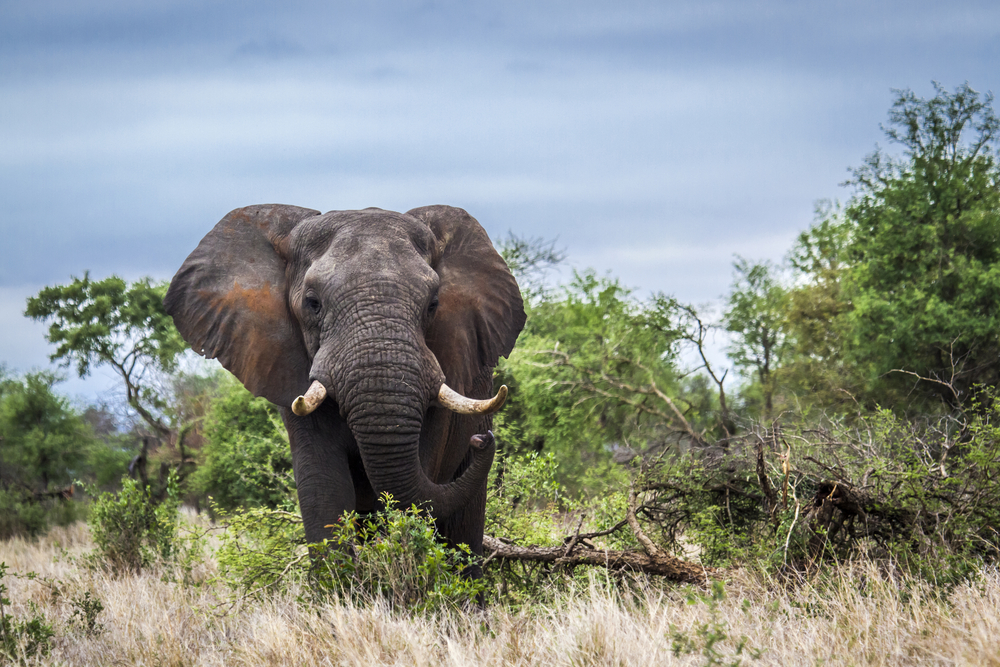
Elephants are known for their intelligence and emotional depth, and their ability to detect fear is a part of this emotional intelligence. Their long trunks are equipped with a highly developed sense of smell, allowing them to pick up on fear pheromones from far distances. This skill is essential for navigating the complex social structures within their herds.
When an elephant senses fear, it can communicate this to the rest of the group, ensuring collective awareness and safety. This detection capability is also used in their interactions with other species, including humans. Elephants can sense when a person is afraid, which influences their behavior and approach. Their ability to sniff out fear showcases the depth of their social and environmental awareness.
10. Ants
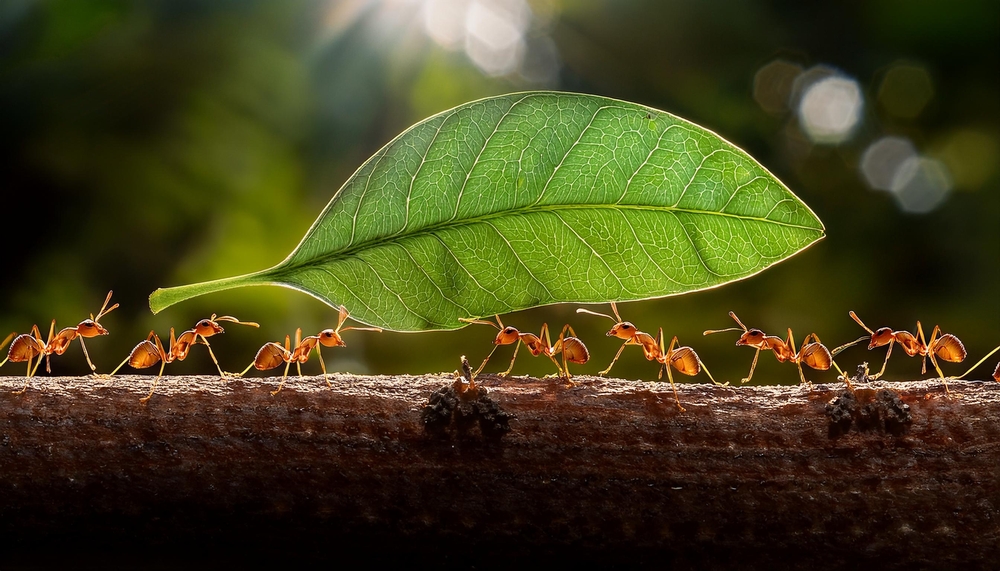
Ants, with their highly developed olfactory senses, have the ability to smell fear pheromones, which plays a crucial role in their survival and social structure. These tiny creatures rely heavily on chemical communication to navigate their world and maintain colony harmony. When an ant senses fear pheromones, it can signal a potential threat to the colony.
This signaling helps ants mobilize and respond collectively to danger, whether it’s an approaching predator or a threat to their food supply. The ability to detect fear is also used to gauge the stress levels of other creatures, influencing their foraging strategies. Ants’ sophisticated use of olfactory cues exemplifies their complex social behaviors and survival strategies. This skill ensures their resilience in a constantly changing environment.
11. Bats

Bats are masters of the night, with their echolocation skills being their most famous attribute. However, they also have a keen sense of smell that allows them to detect fear in their prey. When an insect experiences fear, it often releases stress-related chemicals that bats can detect while hunting.
This olfactory ability enhances their echolocation, providing a more comprehensive picture of their surroundings. By identifying stressed prey, bats can prioritize their targets, ensuring a more successful hunt. This dual sensory approach makes bats highly efficient nocturnal predators. Their ability to smell fear adds another layer to their already impressive hunting skills.
12. Sharks

Sharks are the ocean’s apex predators, and their ability to smell fear is both legendary and factual. According to research from the University of South Florida, sharks have an acute sense of smell that enables them to detect a single drop of blood in an Olympic-sized pool. This skill is amplified when prey is stressed, as fear can release certain chemicals into the water.
The adrenaline rush that courses through a fish when it’s frightened makes it an even more appealing target for these marine hunters. Sharks can zero in on the faintest hint of these stress-related chemicals, making them more efficient predators. This acute sense of smell helps them determine the most vulnerable prey, optimizing their hunting strategies. So next time you’re in the ocean, remember that sharks might just be picking up more than you think.
